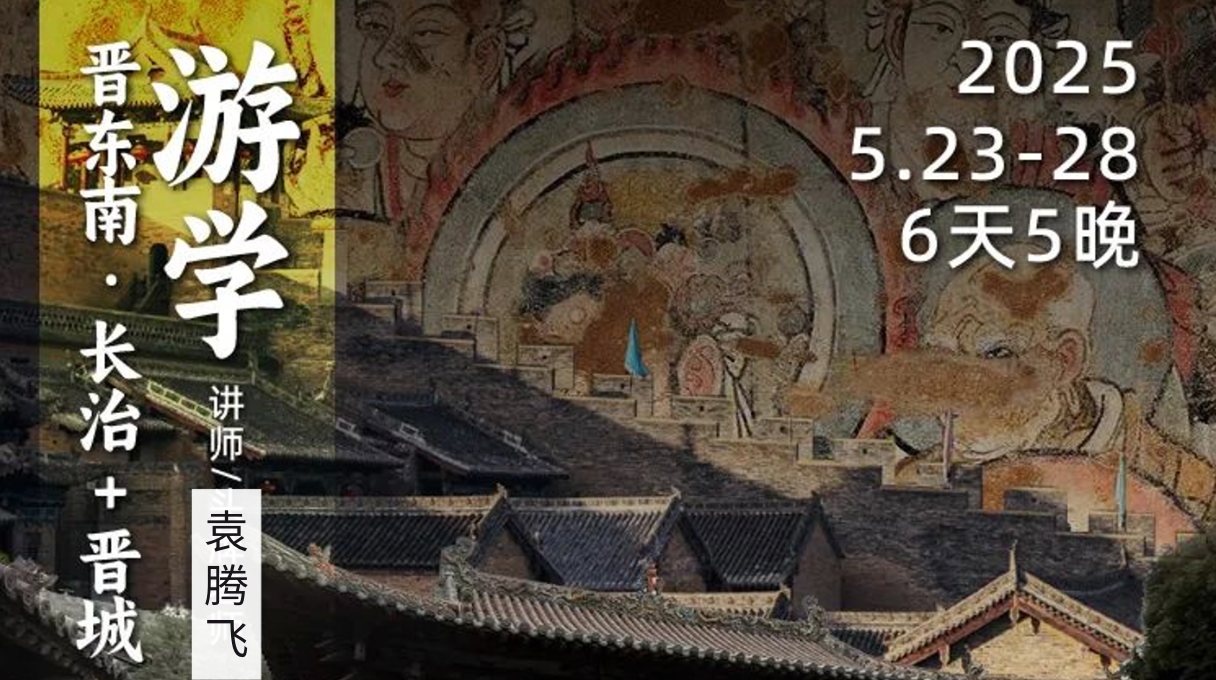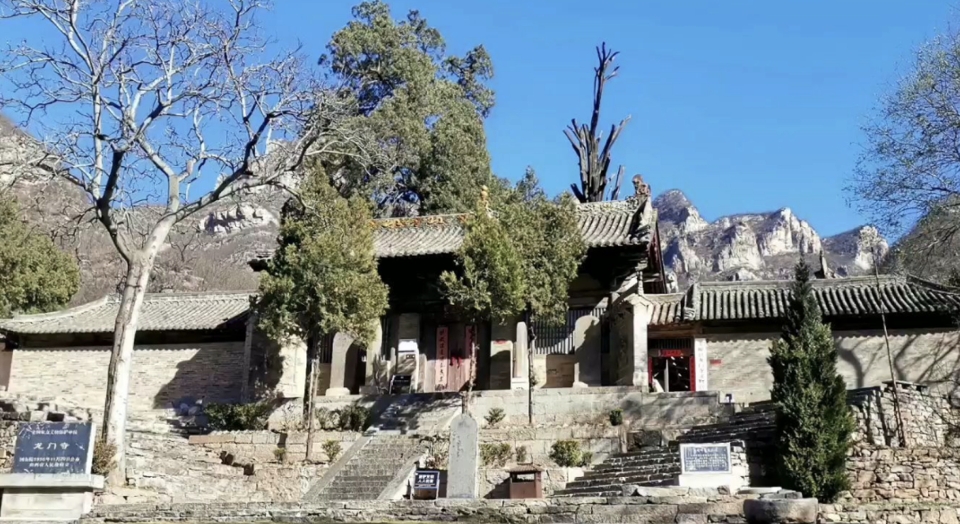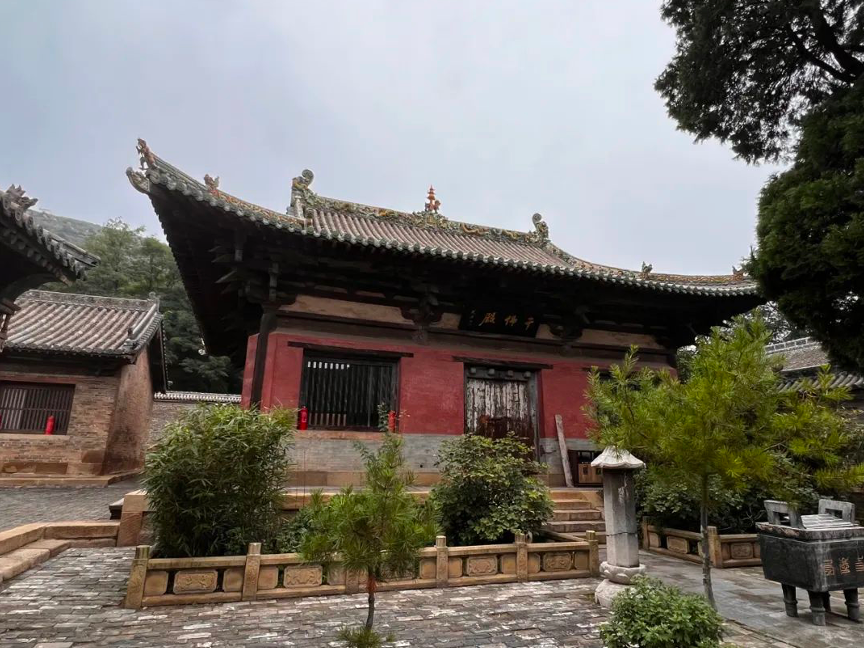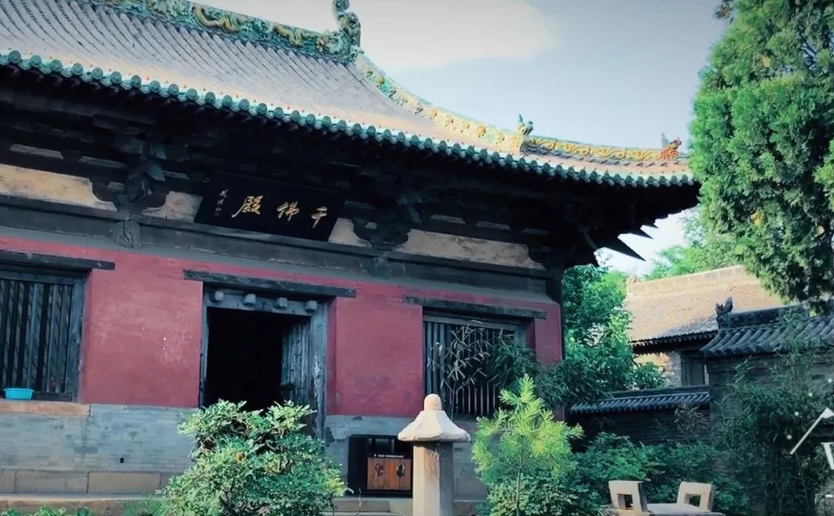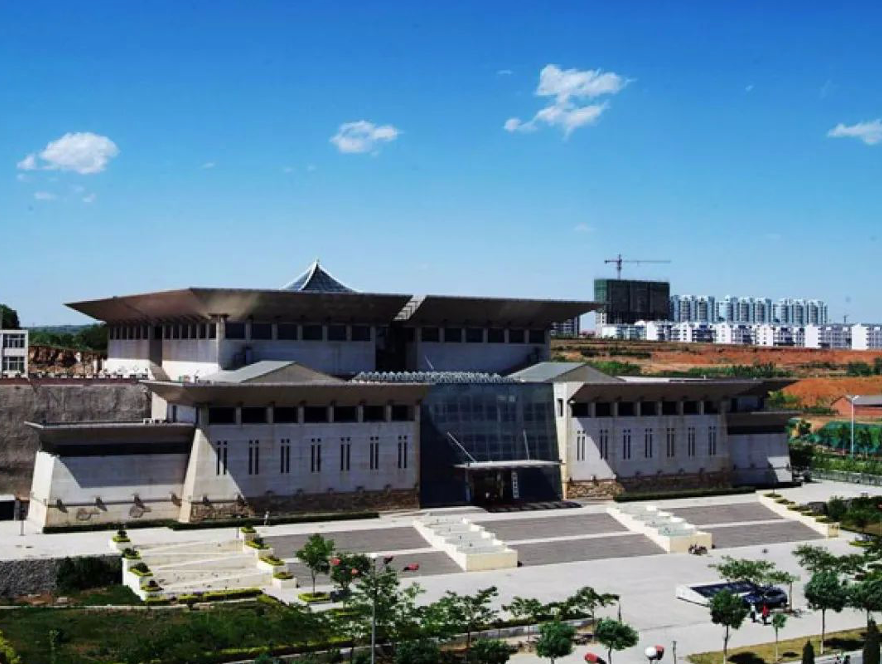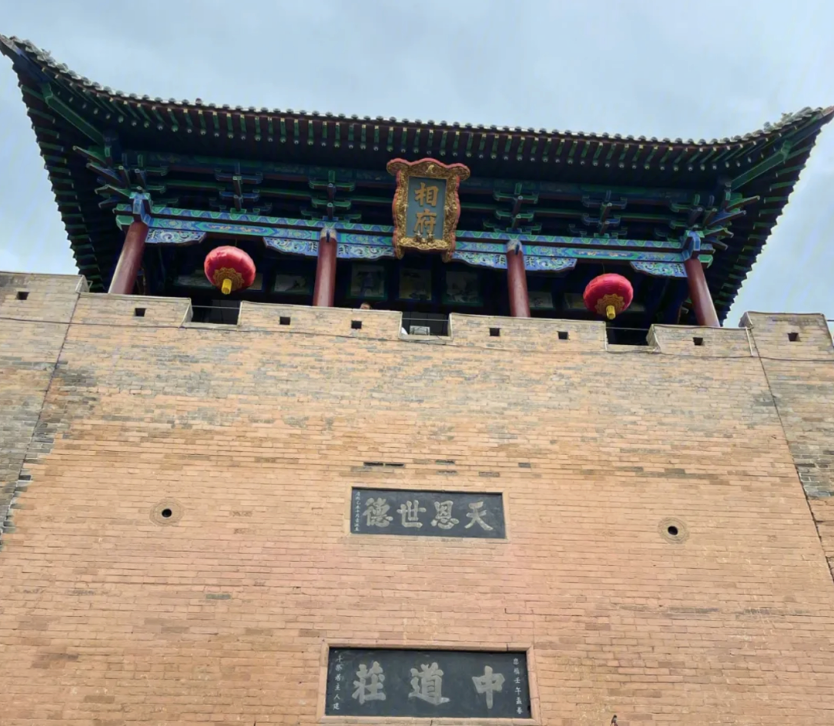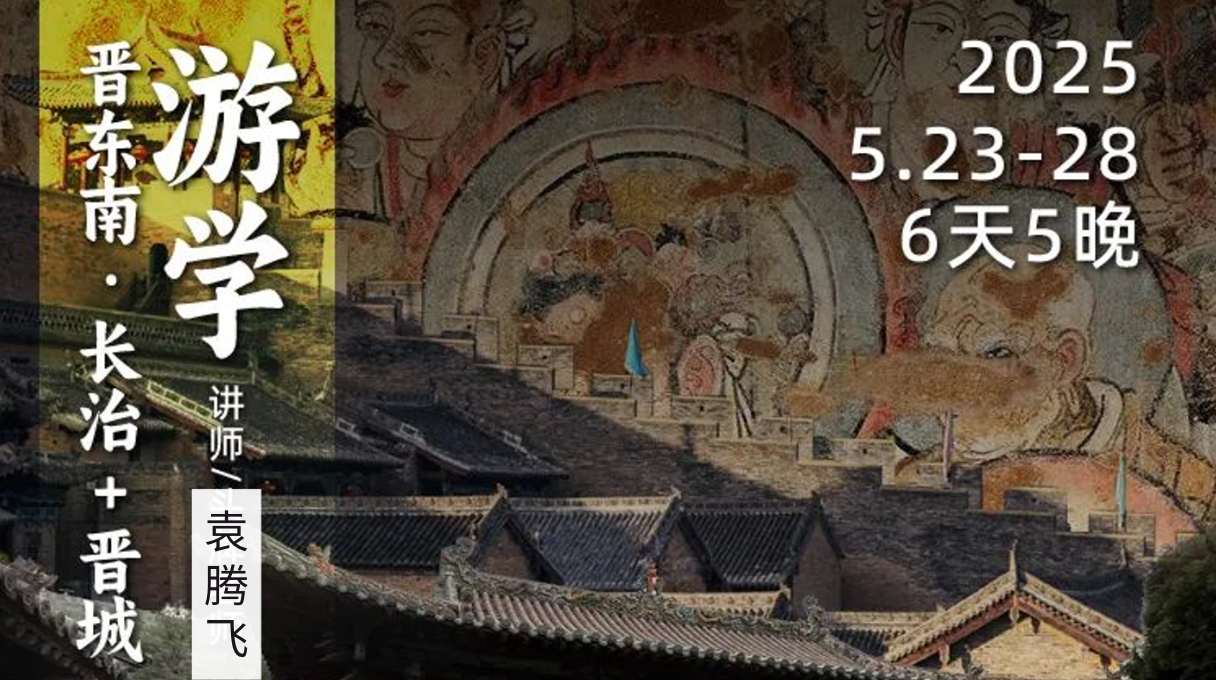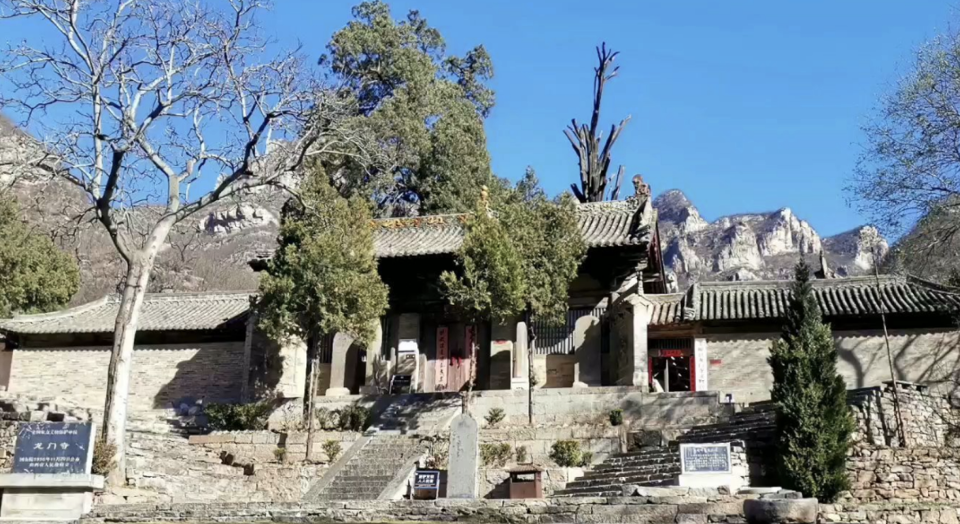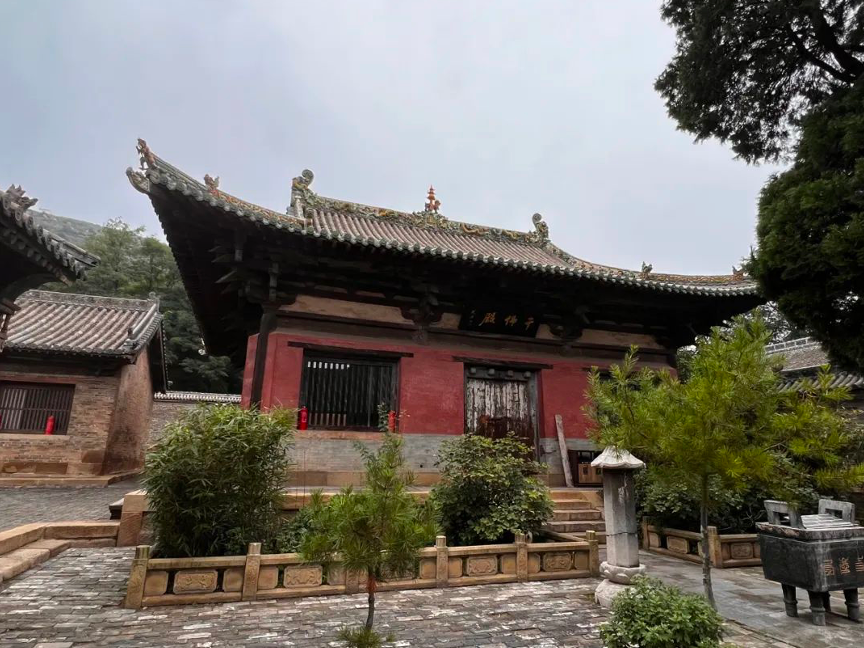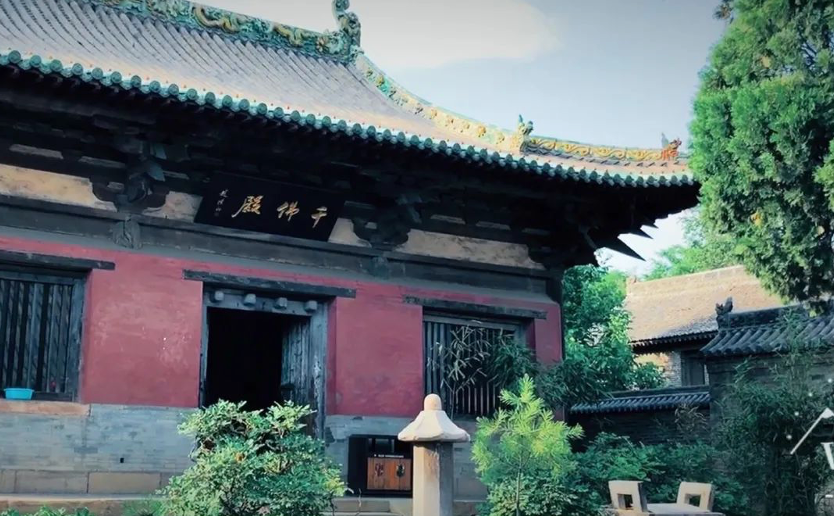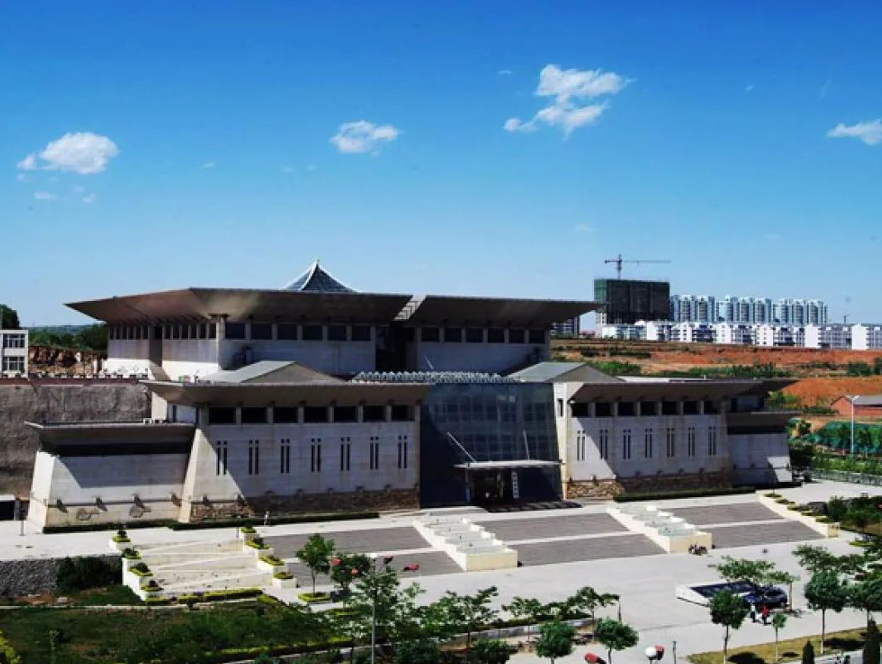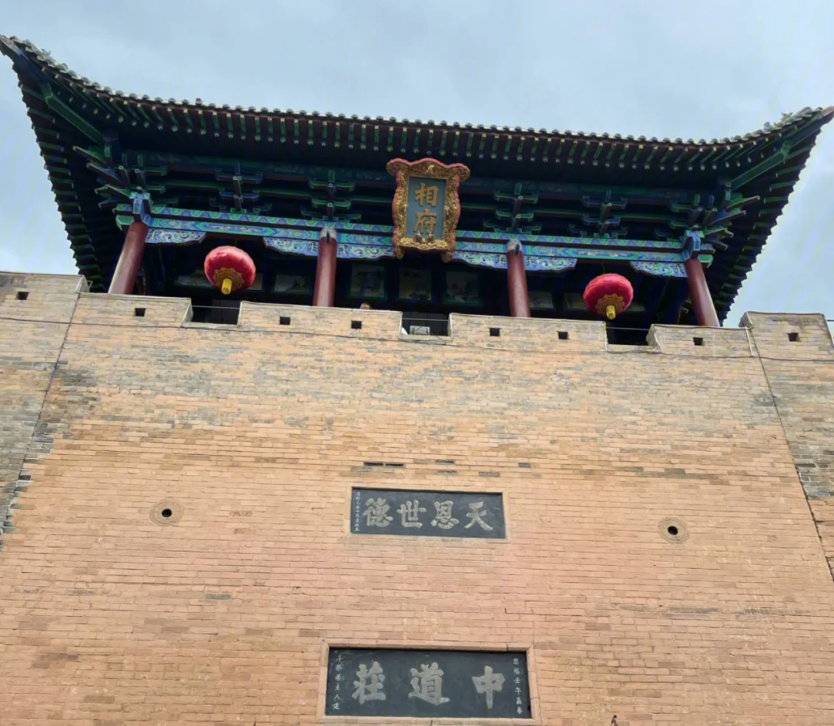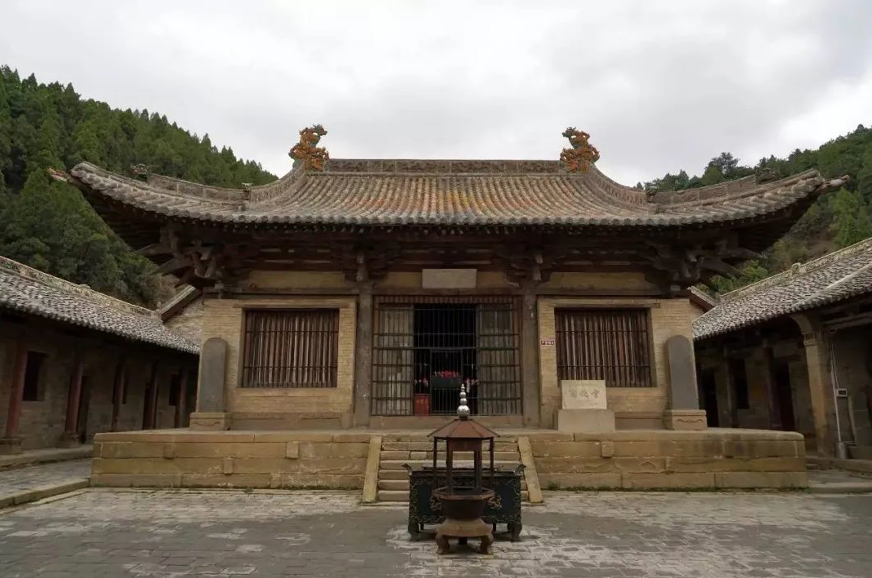LIFEANO 给生活另一种可能
May 23-28, 2025|Traveling in Southeast Shanxi: Teacher Yuan Tengfei takes you through the gate of time and experiences the ultimate humanistic journey
May 23-28, 2025|Traveling in Southeast Shanxi: Teacher Yuan Tengfei takes you through the gate of time and experiences the ultimate humanistic journey
Out of stock
Couldn't load pickup availability
Shanxi,
Jin for short.
It is one of the important birthplaces of Chinese civilization.
When you think of Shanxi, what's the first thing that comes to your mind? Old vinegar? Sliced noodles? Shanxi merchants? These are all true, but we believe that Shanxi's greatest feature is its long history and culture.
Shanxi is known as the above-ground museum of cultural relics. It is often said that " Look at Shaanxi underground and look at Shanxi above ground ." Due to its dry and rainy climate, Shanxi's existing ancient buildings rank first in the country in terms of both quantity and historical value.
In early summer of 2025 , let us follow the footsteps of the top teacher, “ the best history teacher in history ” , and come to Changzhi and Jincheng in southeastern Shanxi to explore their history together.
Team leader
Teacher Yuan Tengfei
Hailed by fans as " the best history teacher in history "
1. Longmen Temple

Originally named Fahua Temple, also known as Huiri Temple, it is located in a valley about 1.5 kilometers north of Yuantou Village, Shicheng Town, Pingshun County, Changzhi City, Shanxi Province. It was founded in the first year of Tianbao ( 550 AD) during the reign of Emperor Wenxuan of the Northern Qi Dynasty, and covers an area of 5,070 square meters. Longmen Temple integrates buildings from the Five Dynasties, Song, Jin, Yuan, Ming and Qing dynasties. It is the temple with the longest history, the most existing cultural relics and buildings, the longest span of time, and the richest stone carvings in the valley.
In 1996 , Longmen Temple was announced as the fourth batch of national key cultural relics protection units by the State Council of the People's Republic of China.
2. Dayunyuan

Also known as Dayun Temple, it is located in Longer Mountain, 23 kilometers northwest of Pingshun County, Shanxi Province. It was founded in the third year of Tianfu in the Later Jin Dynasty ( 938 ) and was originally named Xianyan Temple. In the fifth year of Tianfu, the Great Buddha Hall was built. In the first year of Xiande in the Later Zhou Dynasty ( 954 ), the Seven Treasures Pagoda outside the temple was built. By the first year of Jianlong in the Northern Song Dynasty ( 960 ), there were more than 100 halls.
Dayunyuan faces south and covers an area of 4,000 square meters. The existing buildings include the mountain gate (Heavenly King Hall), the Great Buddha Hall, the Three Buddha Halls, and the east and west wing rooms in the front yard. Among them, the Pu Pai Fang of the Great Buddha Hall is the earliest example used in ancient Chinese wooden structures, and is a living fossil of the evolution of Chinese wooden structures from the Tang Dynasty modular system to the Song Dynasty construction style.
On January 13, 1988 , Dayun Temple was listed as the third batch of national key cultural relics protection units by the State Council.
3. Chongqing Temple

It is located at the foot of Ziyun Mountain, 22 kilometers southeast of Changzi County, Changzhi City, Shanxi Province. It was built in the ninth year of Dazhong Xiangfu in the Northern Song Dynasty ( 1016 ).
Chongqing Temple faces south and is surrounded by mountains on the east, west and north, standing like a screen. The south of the temple is full of undulating mountains and ravines. The north is backed by the dragon vein of Ziyun Mountain, and there are protective mountains on the left and right. The Song Dynasty colored sculptures in Chongqing Temple are distinctive in style and exquisite in shape.
All kinds of statues focus on shaping spiritual connotations on the basis of realism. They have in-depth personality portrayals and unique decorative effects. Their images and artistic conceptions have profound national characteristics.
On November 20, 1996 , Chongqing Temple was announced by the State Council of the People's Republic of China as the fourth batch of national key cultural relics protection units.
4. Jincheng Museum

Formerly known as Jincheng Ancient Architecture Art Museum, it is located at the northwest corner of the intersection of Fengtai East Street and Wenbo Road in Jincheng City, Shanxi Province, covering an area of 1.6 hectares and a construction area of 10,282 square meters. The museum is a modern building with a double eaves and wing corners of traditional architecture, and a pointed glass roof on the four corners. It incorporates a lot of traditional Chinese architectural culture. There are more than 20,000 cultural relics in existence, including more than 200 cultural relics of level 3 or above. The most local cultural relics in the collection are pottery figurines from various dynasties and glazed servant figurines and funerary objects from the Ming and Qing dynasties.
5. Imperial City Prime Minister's Mansion 
It is located in Beiliu Town, Yangcheng County, Jincheng City, Shanxi Province, with a total area of 36,000 square meters. It is the former residence of Chen Tingjing, a Grand Secretary of Wenyuan Pavilion and Minister of Personnel of the Qing Dynasty, the chief reviewer of "Kangxi Dictionary", and the lecturer of the Imperial Lecture for the 35th year of Emperor Kangxi. It consists of the inner city, outer city, Ziyunqian and other parts. The Imperial Library is magnificent, the Zhongdao Village is majestic and spectacular, the Douzhu Residence Courtyards are continuous, the Heshan Tower is majestic and steep, and the Cangbing Cave is layered and wonderful. It is a rare castle-style official residential building complex from the Ming and Qing Dynasties, and is praised by experts as " the home of the first cultural giant family in northern China " .
6. Kaihua Temple

Originally named Qingliang Ruolan, it is located on the hillside of Sheli Mountain in Chenqu Town, 17 kilometers northwest of Gaoping City, Jincheng City, Shanxi Province. It was founded in the second year of Wuping in the Northern Qi Dynasty ( 571 ). In the first year of Huangtong in the Jin Dynasty ( 1141 ), Guanyin Pavilion was built. It has been repaired many times through the Yuan, Ming and Qing dynasties.
Kaihua Temple faces south and has two courtyards. It consists of Dabei Pavilion (i.e., the mountain gate), bell and drum tower, Daxiong Hall, Dharma Hall, Yanbin House, Vimalakirti Purification Room, Guanyin Pavilion, East and West Side Halls and two wings. Dabei Pavilion was built in the Ming Dynasty, Daxiong Hall was built in the Song Dynasty, Guanyin Pavilion in the east corner was a relic of the Jin Dynasty, and the East Side Hall and East and West Corner Towers in the backyard were built in the Yuan Dynasty. The beams of Daxiong Hall still retain the Song Dynasty paintings, and the walls of the hall retain the murals painted in the third year of Shaosheng in the Northern Song Dynasty ( 1096 AD), with the theme of the story of the Buddha. The pictures have magnificent architecture, lifelike characters, colorful costumes, smooth folds, and a rich aesthetic texture. It can be called an excellent mural.
On June 25 , 2001 , Kaihua Temple was announced by the State Council of the People's Republic of China as the fifth batch of national key cultural relics protection units.
Registration Information
Assembly / disbandment
● May 23, 2025 - Gathering in Changzhi City, Shanxi Province, May 28 - Disbanding in Jincheng City, Shanxi Province. Please properly arrange your itinerary before and after the gathering;
Precautions
● Customer service will contact you one week in advance after registration, please keep your WeChat and phone open;
● Children under 6 years old are not recommended to participate. Minors aged 6-14 and seniors over 70 years old must register with their family members;
Activity Fees
● The fee includes: meals, accommodation, transportation and lecturer explanations from the time of gathering to the time of disbanding; it does not include: round trips before the gathering and after the disbanding, and other expenses not listed;
Hassle-free refund policy
● If the event is cancelled due to reasons of the organizer, all fees will be refunded;
● If the event is cancelled due to force majeure, the unincurred fees will be refunded;
● If you are unable to attend the event due to personal reasons, no fees will be refunded (the spot is transferable). Please do not take pictures if you mind. Thank you for your understanding.
Share
